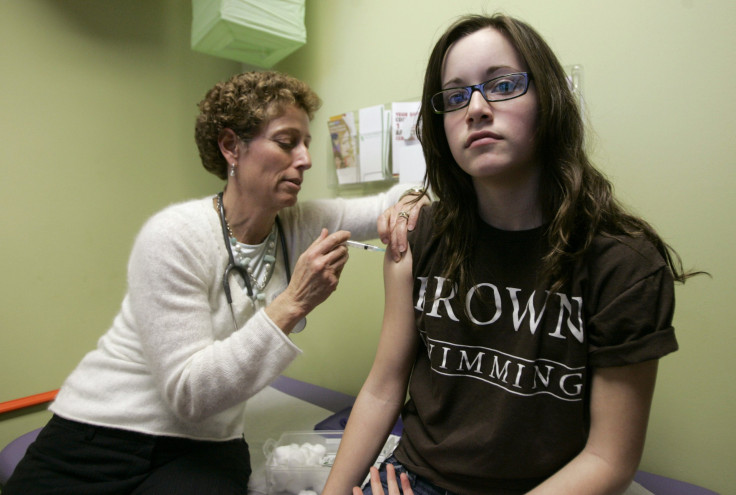Geographic factors affect HPV vaccination uptake, vaccines can dramatically reduce HPV-associated cancers

A study published in the journal Cancer Epidemiology, Biomarkers & Prevention of American Association for Cancer Research suggests that geographic factors play a major role in the uptake of the HPV vaccine. Moreover, it was found out that adolescent girls, in majority of Hispanic and high-poverty communities, are more likely to have received at least one dose of human papillomavirus (HPV) vaccine than those in communities of other ethnic and racial compositions and low-poverty communities.
“The main goal of our study was to understand if geographic factors -- that is, characteristics about a person's community -- affect vaccination uptake, because this knowledge could inform current efforts to increase vaccination and prevent cancer,” said lead researcher Kevin A. Henry, member of Fox Chase Cancer Center's Cancer Prevention and Control program. Prof. Henry is also a Ph.D. and assistant professor in the Department of Geography and Urban Studies at Temple University in Philadelphia.
According to Prof. Henry, uptake of HPV vaccines is extremely low when compared to other routine childhood and teen immunisations despite the fact that HPV vaccines can dramatically reduce the incidence of HPV-associated cancers. HPV vaccines are a must for teenagers, both male and female, before they become sexually active as the virus is a major cause for numerous cervical cancer cases, vaginal, penal, anal, vulvar cancers and and oropharyngeal cancers.
The Centers for Disease Control and Prevention recommend boys and girls aged 11 and 12 to receive three doses of an HPV vaccine. Prof. Henry and colleagues analysed data from an annual survey conducted by the CDC to monitor vaccination uptake in the United States. They analysed 20,565 girls aged 13 to 17 with proper vaccination records. 53 per cent of the girls had received at least one dose of HPV vaccine and had initiated vaccination.
The ethnic and racial composition of the community was found to be the most important factor in HPV vaccine initiation. The highest rate of HPV vaccine initiation was among girls in majorly Hispanic communities (69 per cent). The lowest rates were of non-Hispanic black communities (54 per cent) and non-Hispanic white communities (50 per cent). The poverty level also played a major role in HPV vaccinations regardless of racial composition.
“The higher HPV vaccination rates in these groups also provide some evidence supporting successful health care practice and community-based interventions,” says Prof. Henry.
Cervical cancer rates are high among girls in these poor and majorly Hispanic communities. Therefore, the numbers are encouraging though additional research is needed to better understand the differences across groups, regions and communities belonging to various poverty levels.





















